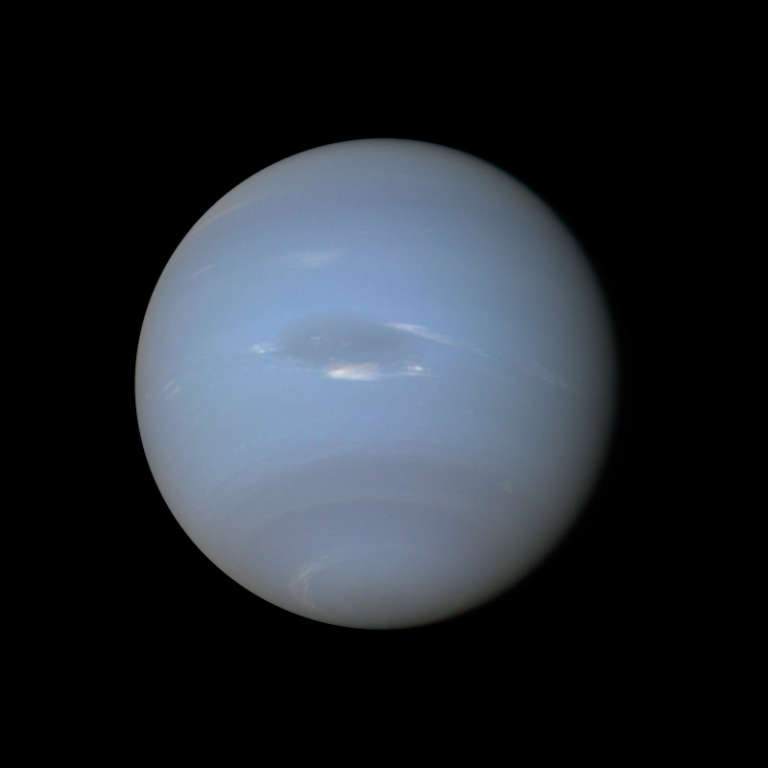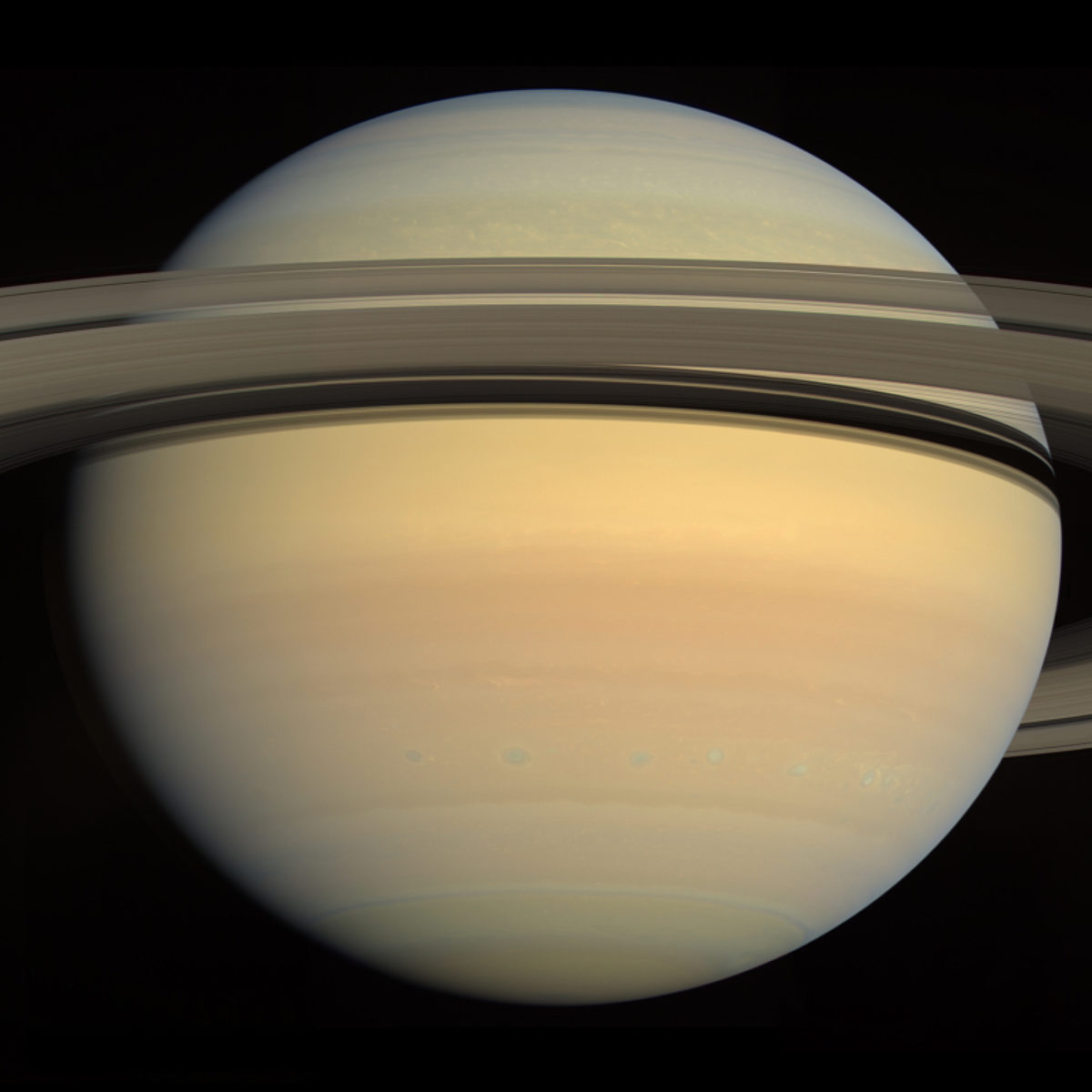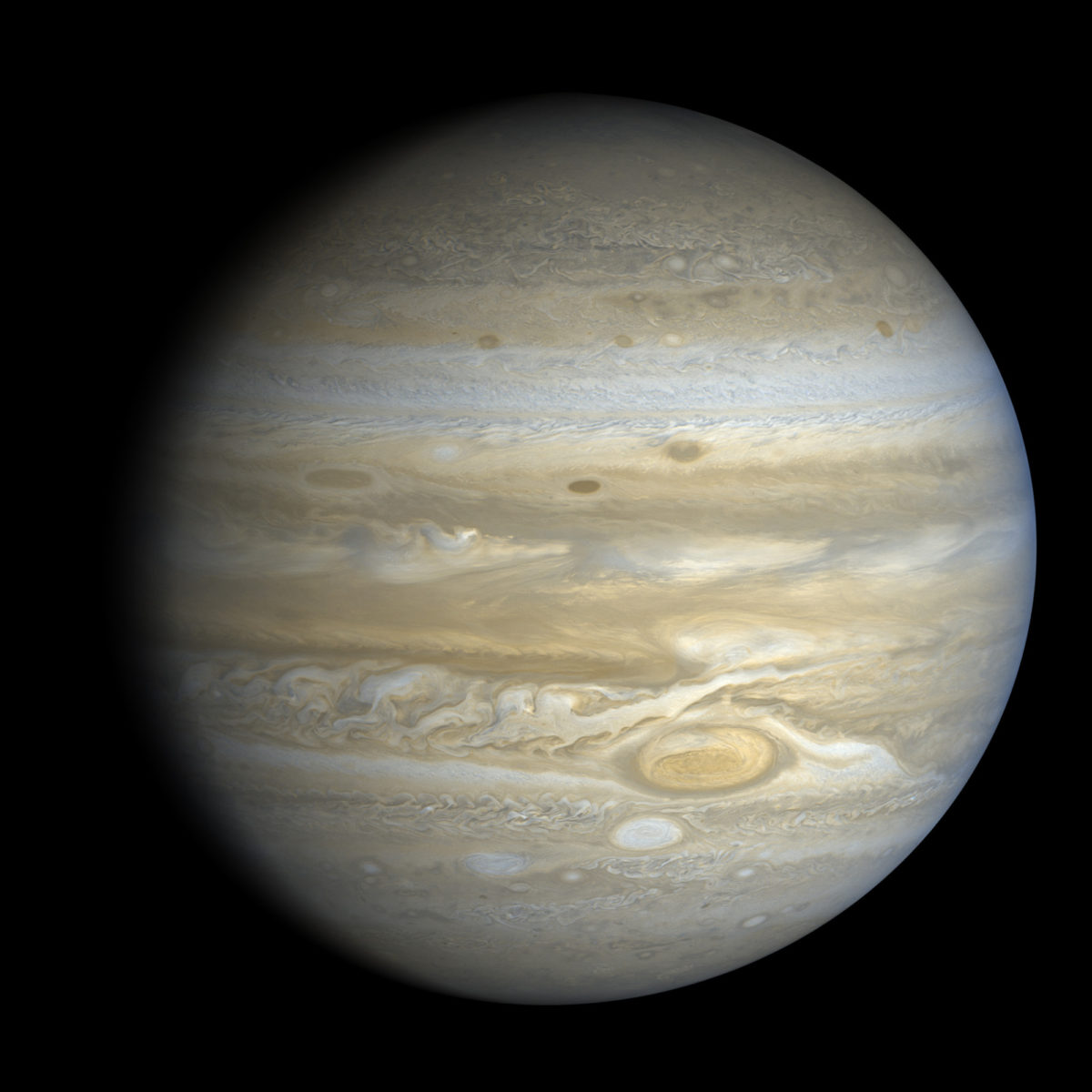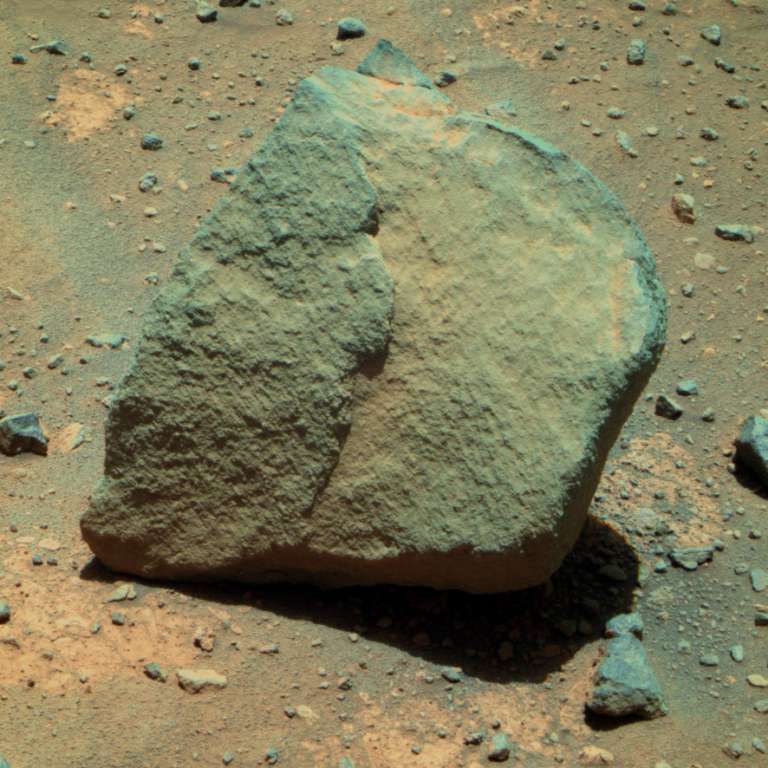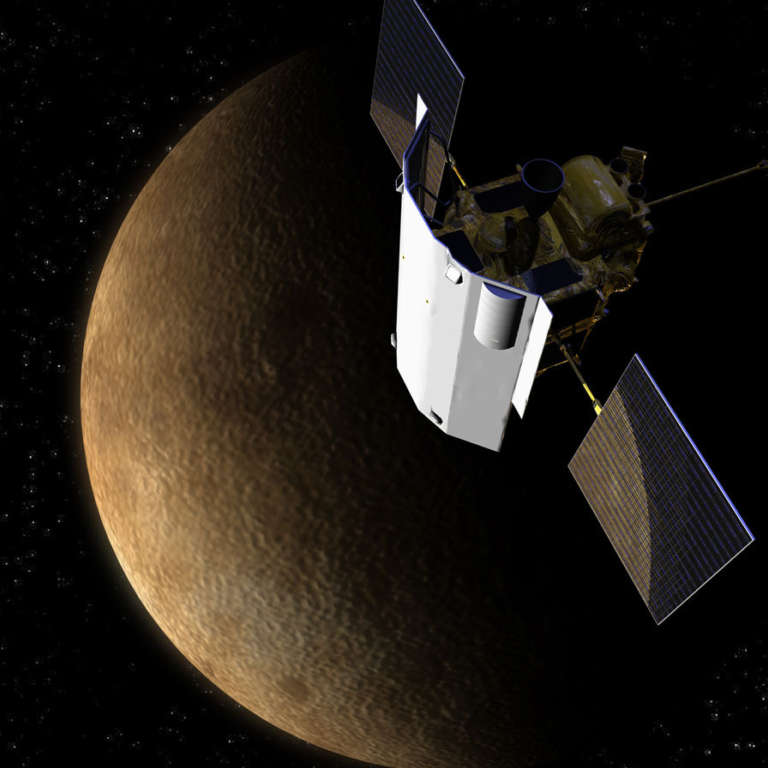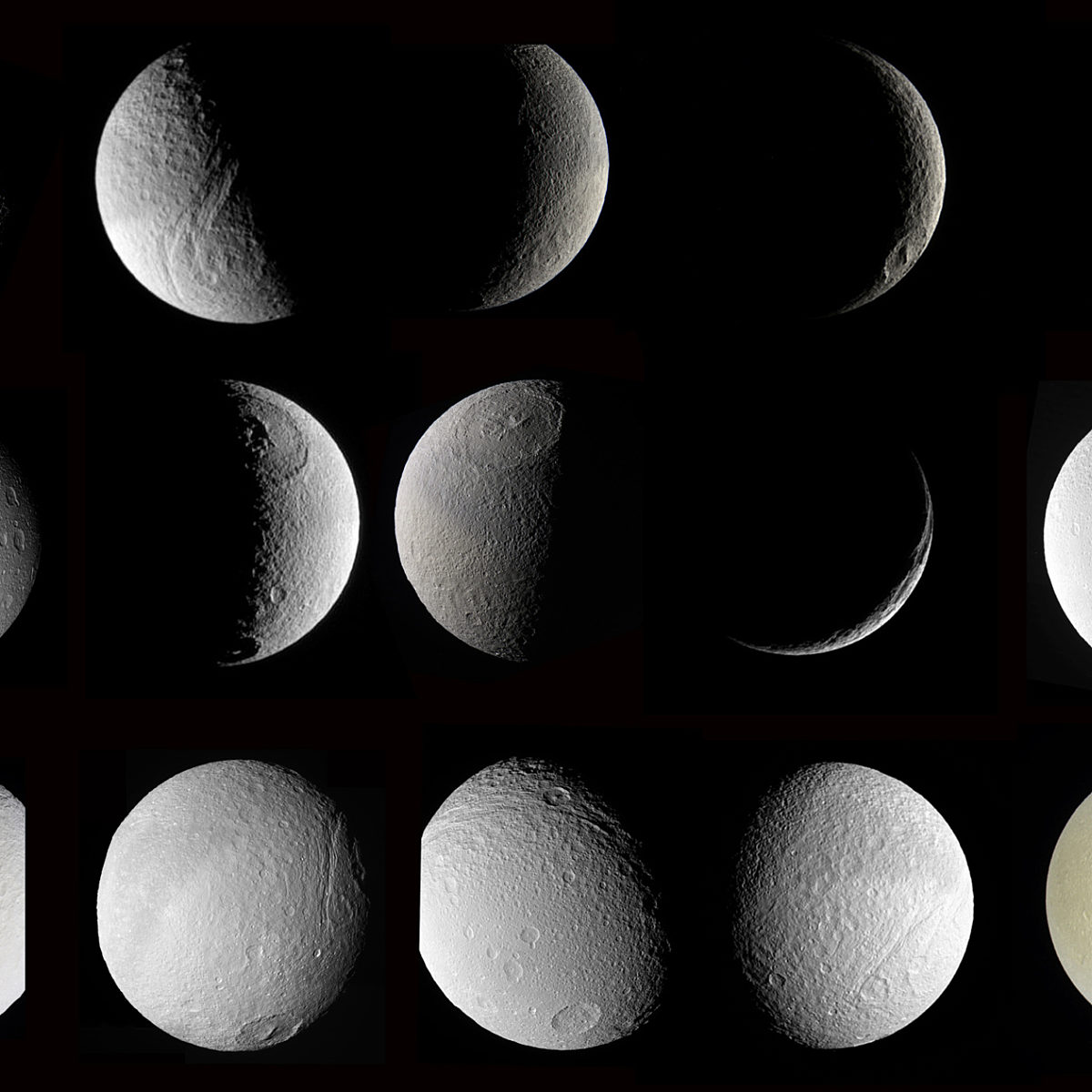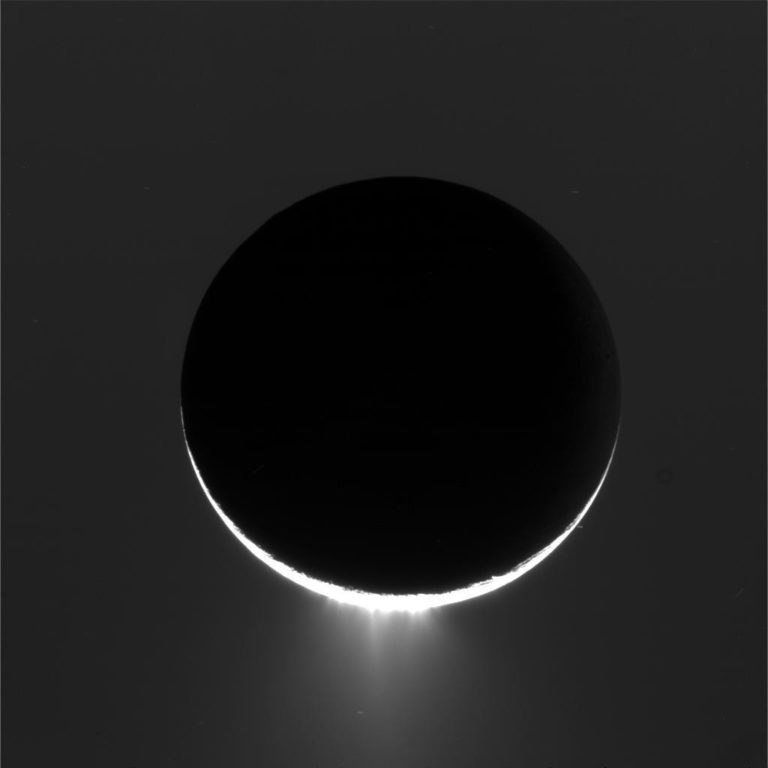All
All
Stories, updates, insights, and original analysis from The Planetary Society.
Planetary Society Advent Calendar for December 21: Miranda
Miranda is the one moon of Uranus for which we have very good images from Voyager 2, and that was a stroke of luck, because low-resolution shots of all of Uranus' moons would have told us that it was, geologically speaking, the most dramatic of the five biggest ones.
Planetary Society Advent Calendar for December 18: Neptune
Here's Neptune, but not quite like you've ever seen it before.
Planetary Society Advent Calendar for December 16: Mimas
Mimas is the anti-Enceladus.
Planetary Society Advent Calendar for December 14: The Moon
The Moon is the most familiar of the objects in the heavens.
Planetary Society Advent Calendar for December 12: Saturn
Cassini's amazing cameras have set a new standard for the quality, sharpness, resolution, beautiful color, and all-around spectacularness of images returned from the outer solar system.
Awesome Mars Express view of Phobos and Deimos together
My inbox was exploding this morning with messages about a tremendously cool animation released this morning by ESA's Mars Express team. It shows Phobos crossing Deimos, in what's known as a
Planetary Society Advent Calendar for December 8: Itokawa
I love this asteroid. It's just so weird-looking.
Planetary Society Advent Calendar for December 7: Jupiter
Jupiter has been high overhead at sunset for several months, a brilliant light that's easy to spot even when the sky is still bright at dusk; but it's now moving quickly to the west as Earth speeds ahead of Jupiter's more stately march around the Sun.
Planetary Society Advent Calendar for December 5: Epimetheus
Epimetheus is one of the many small moons of Saturn that are referred to by the Cassini mission team as
Planetary Society Advent Calendar for December 3: Europa
From a distance, Jupiter's fourth largest moon Europa is the smoothest object in the solar system; its outline traces out a perfect circle.
Planetary Society Advent Calendar for December 1: Dione
I've always loved advent calendars and the way they both managed and heightened my anticipation of the gift-opening frenzy of Christmas morning.
Opportunity's poking at Marquette Island; Cassini's catching dancing moons
Since tomorrow's class is going to be on playing with raw images from the rovers and Cassini, I've been playing with recent raw images from the rovers and Cassini! I just thought I'd share a couple of the fun items I've been working with.
Cassini's Enceladus encounter, with bonus Tethys
Raw images from Cassini's close pass by Enceladus today started appearing on the JPL raw images website, and some less-compressed versions of a few of them showed up on the CICLOPS website.
Rhea, Enceladus, Mimas, and Tethys, oh my!
With the last Titan flyby on October 12, Cassini came back to an orbit that's nearly in the equatorial plane, and immediately rewarded us with some fine views of several of the icy moons. Here are a bunch of images of those moons.
MESSENGER is fine
The caption to today's image release from the MESSENGER team concerns their long-term campaign to study Mercury's brightness through a range of phase angles.
Mimas, Dione, Rhea
There's been quite a lot of Mars on this page for the last week; it's time to remind ourselves that there are other places besides Mars in the solar system.
Many Cassini views of Tethys
Here we bring you fifteen different Cassini views of the same world, a cratered ball of ice called Tethys.
Cassini observes a new face of Iapetus
Cassini has just begun its 44th orbit of Saturn (called Rev 43), and is starting it off with lots of views of famously two-faced Iapetus.
LPSC: Tuesday: Volcanism and tectonism on Saturn's satellites
I received this report on the Tuesday afternoon special session on volcanism and tectonism on Saturn's satellites from Anne Verbiscer, an astronomer from the University of Virginia who I first met at the Division of Planetary Sciences meeting in 2005.
Cassini's global views of Saturn and its rings
Since late January Cassini has been acquiring several sets of images that show all of Saturn's globe and ring system at once from perspectives well above and below the ring plane.


 Explore Worlds
Explore Worlds Find Life
Find Life Defend Earth
Defend Earth


 Sun
Sun Mercury
Mercury Venus
Venus Earth
Earth Mars
Mars Jupiter
Jupiter Saturn
Saturn Uranus
Uranus Neptune
Neptune Small Bodies
Small Bodies
